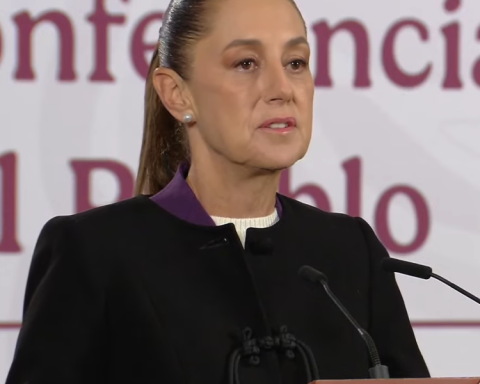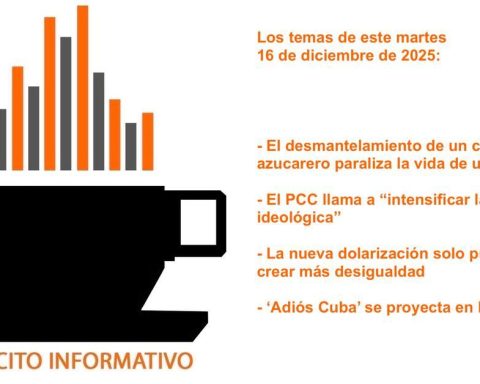when we think of mental health, we are invaded by the idea of feeling good, safe and comfortable. Regarding the emotional well-being of a group in a specific context, the challenge becomes even greater, since we come across the generalities of a class that does not lose its uniqueness.
Thinking from where emotional well-being should be generated in the classroom, leads us to the first presence: that of the teacher. Taking it as the first instance in terms of emotional control would make us leave aside the role of educational institutions. The student welfare It is modeled from the benefits and comforts that the school is capable of providing, creating an environment that from the beginning is a generator of well-being.
Each student has very specific needs that probably will not be fully satisfied. If we start looking at the school environment as a inclusive environment and not only integration, we can contribute to generating a greater state of emotional well-being.
When we talk about inclusion, we refer to providing the adjustments that each student needs, taking as a guide the notion that, to reach the same result, different processes can be used. In basic education this is very clear, understanding that there are different levels of development and emotional management within each child, which means that classes, workshops and activities are taught from a diversified classroom, allowing knowledge and learning to be achieved. group management from the individuality of the students.
This leads us to think about how to diversify the classroom to generate emotional well-being at upper secondary and higher levels, since as we grow, attempts to give an orientation towards emotional control and assertiveness decrease, which ends up fostering an exclusive environment in which The idea of integrating without including is handled above, assuming that, due to the level of development, there is already a total management of the socio-emotional context of each individual. It is important to remember that we are relearning our behaviors and reactions in different areas and moments of our life experience all the time.
For this reason, we go back to the work that each teacher offers within his classroom, from the moment he plans his class, the forms of evaluation, the dynamics that he will carry out within his classes and the opening that the institution has for it; this will be what generates said inclusion. Varying the forms of evaluation and class delivery will generate options so that each student can feel identified at least at some point during the school year and class. The diversification of the evaluation and teaching methods will generate the necessary inclusion for a school emotional well-being and showing this openness will make the difference from subjects with individuality.
*Dayana Lizbeth Vigil Mora is a professor at Incarnate Word University
















